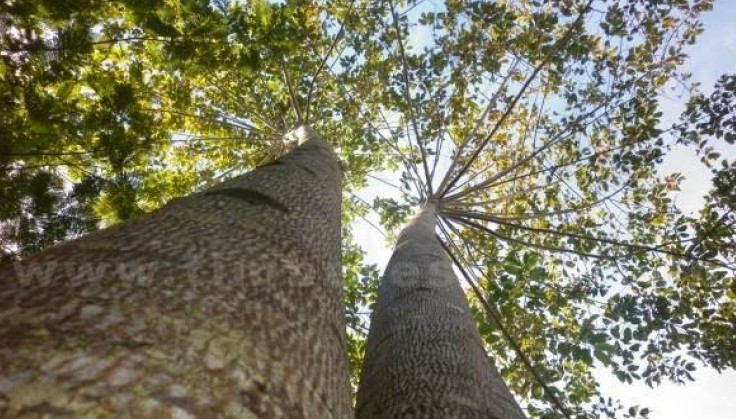Laban wood is obtained from the laban tree which has the Latin name vitex pinnata which is a native tree species from Indonesia. Laban trees are known to have good durability. When the laban tree was scorched by fire, this tree was able to come back to life. Wood from the Laban tree is a type of wood that has a fairly high level of hardness. Not only that, this wood also has good resistance to water.
The advantages of the laban tree make it used as a fire barrier to overcome the occurrence of forest and land fires that often occur in a number of areas in Indonesia. A study conducted by the Faculty of Forestry, Tanjungpura University, stated that the bark was used to make tea drinks. To find out more about laban wood, here’s a full discussion.
The Name of Laban Wood in Various Regions and the Characteristics of the Wood
Some time ago the laban plant was quite popular with the public. Some people argue that the leaves can ward off the Corona virus. This tree has many names, here are some names for the laban tree:
- In Kalimantan it is called Laban, Amola, Gagil, Humulawan, Kalapapa and many more.
- In the Sumba area it is called hiketaroe.
- On Komodo Island it is called a pampa.
- On the island of Sumatra, it is called kopiher, stone aloban, kardoek aloban, flower aloban.
- In Malaysia it is called many laban.
The characteristic of the Laban tree is that it has cracked and scaly bark. The color of the stem looks yellowish gray to brownish gray. If exfoliated the inside of the bark is pale yellow and turns green. Laban wood sapwood is soft and yellowish to brownish in color.
The leaf shape resembles an oval or ovoid with a length of about 3 to 25 cm and a width of about 1.5 to 10 cm. Laban trees also have whitish blue flowers and black fruit when ripe. The size of the fruit is usually 5 to 8 mm in diameter.
Benefits of Laban Trees and Wood
Laban tree fruit is usually used as a source of food for wild birds. The seeds of the fruit will germinate when exposed to light. So it is quite easy to make laban plant seeds and the cultivation process is not difficult to do.
In addition to Indonesia, the distribution of the laban tree is also in Malaysia, Sri Lanka, the Philippines, India, and Cambodia. In Indonesia, the Laban tree usually grows in Kalimantan, Sumba, Sumatra and others. Especially in secondary forest areas on the banks of rivers and in areas where weeds grow.
Laban wood is a type of wood that is very strong and durable. This wood can survive in humid conditions because it has excellent resistance to water. The color of the wood looks grayish brown with a density of about 930 kg per cubic meter.
Laban wood is used as a material for making poles, door and window frames, furniture, and other construction materials. Its strong and durable nature can be used as an alternative to teak or ironwood.
In addition, the laban plant also has many benefits, including:
- The wood is used as building construction material, furniture, and crafts.
- The leaves can be used as a medicine for fever and wounds. According to research, the leaves contain flavonoid, steroid, ecdysteroid, and phenolic compounds which are very good for health.
- The roots can be used as a stomach ache medicine.
- The bark can be used as a natural dye. The bark also contains flavonoid compounds (antioxidant compounds) that can help ward off free radicals in the body.
That’s information about the benefits of laban wood. The price itself is around Rp. 2.3 million per cubic meter. This wood is quite difficult to find in the market.

